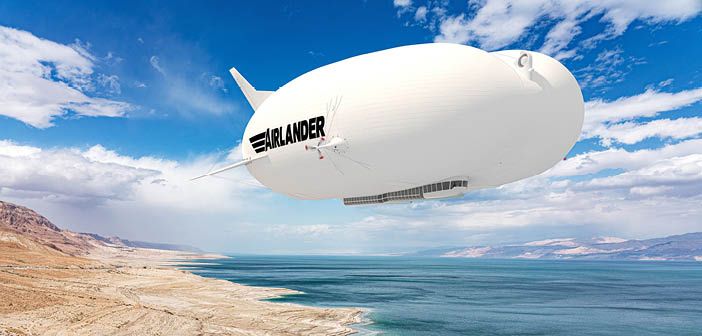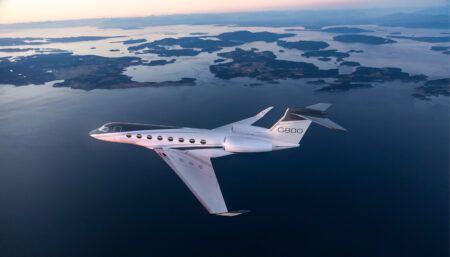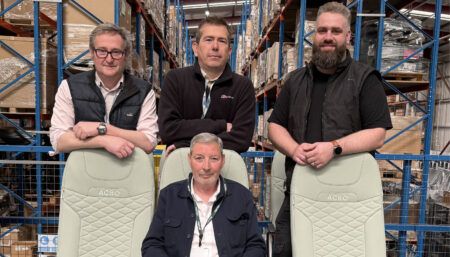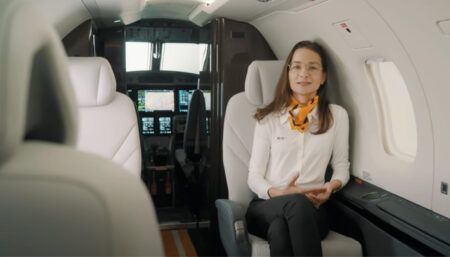Hybrid Air Vehicles (HAV) is developing electric engines for the Airlander 10, aiming to deliver hybrid-electric propulsion within five years. The company says that, over other aircraft in mobility and logistics applications, this will provide a 90% reduction in emissions.
HAV says that in the current base configuration of the aircraft, which has four combustion engines, Airlander 10 will deliver a reduction in emissions of up to 75% over comparable aircraft in a wide range of roles.
The aircraft would be able to transport up to 90 passengers over a maximum all-electric range of 350km (189 nautical miles), but the hybrid-electric mode extends this range. During all-electric operation, the Airlander 10 will cruise at 50 knots, with the ability to cruise at up to 70 knots in hybrid-electric mode.
“Having flown a prototype Airlander that had emissions up to 75% lower than other large aircraft, we set out our vision for Airlander to be the future of zero-carbon aviation,” said Tom Grundy, CEO at HAV. “Today, it is no longer necessary to explain to people why decarbonising aviation is important. We believe that our ability to offer our customers ultra-low emissions aircraft in standard and hybrid-electric configurations by 2025 is a very strong statement of our commitment and a major step to achieving this goal.”
“With work in progress to develop electric motors through our E-HAV1 programme and assessment underway for control systems and power storage solutions, our technology and engineering team is ready to deliver a hybrid-electric configuration for Airlander 10 within the next five years,” said Mike Durham, technical director at HAV.





